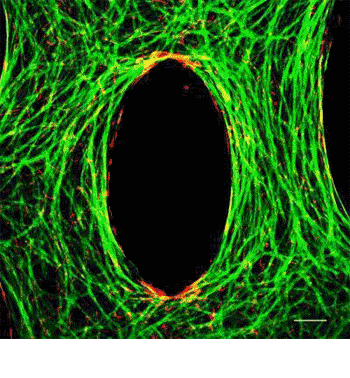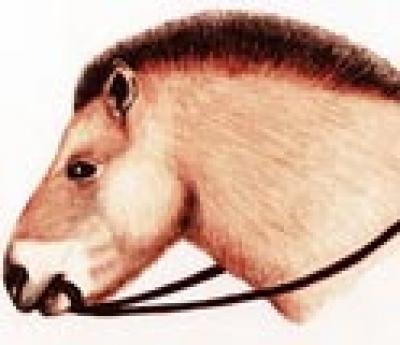
Experts are becoming concerned about the effect of energy drinks on young athletes and students. The consumption level among high school and college students continues to increase, and more and more are drinking these high caffeine level beverages for a boost of stamina, instead of eating a real meal. Some researchers wanted the U.S Food and Drug Administration to make it a rule that warning labels must be put on all the different brands of energy drinks. However, a spokeswoman from the organization named Susan Cruzan responded by saying that they had no authorization to do that, and they have “no guidance or regulations that govern the formulation of energy drinks”, making it legal for the manufacturers to sell their products without FDA approval or testing.
So what’s the effect? Why are these people so concerned? For starters, because of the high amount of caffeine in these drinks, if they are consumed to much, the effects can become harmful and toxic. Another scientist, Kathleen Miller, reported that an ingredient of bitter orange that was found in some of the drinks was closely related to ephedra, which was banned from being in dietary supplements in 2004 because of several deaths. Although the amount of bitter orange in the recipe is probably fairly miniscule, because there is no requirement or law restricting what quantity the manufacturers are using, “we really don’t know,” says Miller. The people most concerned about are young athletes. Coaches have said that their students don’t know the difference between brands like Gatorade and Red Bull, and when they drink them both interchangeably, it creates a big problem. Patrice Radden, a spokeswomen for Red Bull, stated that their product “is a functional drink and not a thirst quencher or hydrator”, and that you need to drink lots of water when consuming it. But do the majority of people who buy Red Bull know that? It appears not. Athletes are also under the assumption that weighing less, drinking, and eating less will improve their overall sport performance. A 17-year-old girl was reported to have finished a race and then collapsed at the finished line, and had to be transported to the hospital. Prior she had been complaining of fatigue and chest pains. The doctor who treated her, Eric Small of Mount Sinai Medical Center in Manhattan, discovered that instead of eating breakfast in the morning, it was common for her to drink two or three cans of Red Bull. “More youngsters are substituting protein bars and shakes for real food,” Small says.
As a high school athlete myself, I can add my own observations that there is indeed a problem with my fellow students eating power bars and drinking energy drinks to sustain their strength instead of eating three healthy meals per day. By doing this, they aren’t giving their bodies the proper nutrition and balance needed. I’ve also noticed that the tendency to not eat enough parallels with the tendency to actually overeat because the body is in need of certain nutrients. When you look at a label for a power bar, the label screams at you that it has oh-so-much protein, and that it’s just what your body needs. Take a look at the back label. Sure, it has just as many grams of protein as it states on the front, but look at the grams of fat and sugar! Not cool. Same with those good old energy drinks. Let’s look at Gatorade Rain for example. Normally the first thing that catches your eye is, “oh good, only 50 calories.” But I’m looking at that label right now, and I’m seeing yes, no fat, but also no protein. There’s sodium, potassium, and sugar. Lots of sugar. Those are the main components. I’m a strong believer in protein, whether it be nuts, meat, or beans. It’s what sustains your body for a longer time, instead of the short rush that carbs offer. Then there’s fruits and vegetables (a great fiber source), omega fatty acids (very good for you), and grains, which also provide fiber and sustenance for the day. Oh yes, and dairy products, which provide enzymes for better digestion. So those energy drinks are okay once in a while, just do your research. Make sure what you’re drinking is safe and will provide your body temporarily with what it needs. Don’t forget H2O! The average high school student should be drinking at least 8-9 cups of water per day. Have I made my point clear? I agree completely with what these experts are saying. People need to know what it is that they’re eating or drinking, and the effects it can have. I also believe that students need to be encouraged by parents, coaches, and teachers to eat healthy, regular meals, and that families should make the time to eat together. In sports, coaches should take more time to talk to their athletes about the proper nutrition that they need. If awareness is increased, I hope that it will be a step towards increasing better well-being for everyone, both young and old.
Schelle: Haha, I think I got too carried away, this article was really interesting. I couldn't post it as a comment to your post because it was too long :P Oops.













